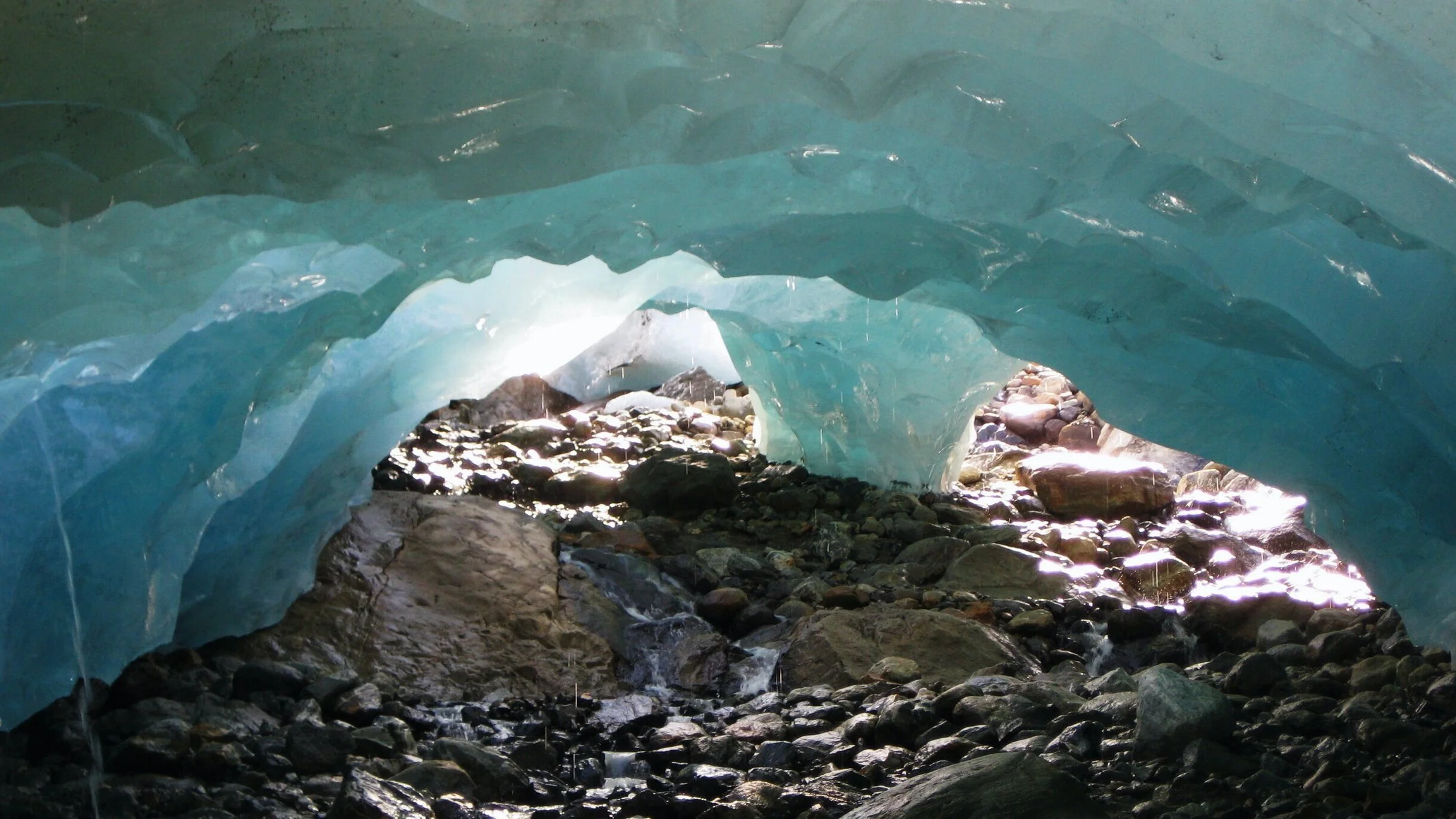The Permafrost Pandemic: Beyond Sea Level Impacts of Melting Arctic
For the past 13 months, we’ve sheltered at home, putting our regular lives on hold while waiting for a return to normal. Hundreds of thousands have perished, and despite increasing levels of vaccination, the immediate future is ambiguous, with new variants of the COVID-19 virus seemingly discovered every week. Our economies remain frozen, and in many countries, populations are more divided than ever. Inarguably, COVID-19 has devastated the human race, and in more ways than one might think, climate change, the warming of the Arctic in particular, is poised to do the same.
One of the most direct impacts of our increasing carbon footprint is the rapidly warming Arctic, which will not only lead to rising sea levels as ice melts; severely displacing and disrupting life as we know it; but also exponential growth in greenhouse gas emissions, due to permafrost thaw. Defined as “any earth material at or below 0 degrees celsius for 2 or more consecutive years” (Unearthed), over 8 million square miles of the Earth’s permafrost finds its home within the Northern Hemisphere. As the permafrost continues to thaw, immense pockets of CO2 and methane will be released, accelerating the greenhouse gas effect, and at a certain point, more or less sealing our fate. Yet the risks of a thawing permafrost present another significant threat; one that we’re all much more familiar with.
Hundreds of thousands of years old and sometimes up to 1,000 meters deep, permafrost is in itself a physical history of the Earth’s past. From mammoth fossils to ancient dung, as it begins to thaw, relics of previous eras will become unearthed. Perhaps most frightening of all, however, is the potential presence of viruses; viruses which the human race has never encountered. Trapped DNA viruses in particular can re-animate while thawing, due to their ability to remain relatively intact during extended periods of exposure to below 0 degree celsius environments. The best known DNA virus is smallpox, which is estimated to have killed more than 300 million people since 1900. Permafrost viruses are a relatively new area of study, with the majority of research being performed by the Russians, up until recent years. As scientists at large have begun to investigate the matter, it has become increasingly proven that both anthrax and pox-viruses can emerge from the Arctic, while further threats remain unknown, for the time being. Fortunately, thawed viruses can only spread when an immediate host is available, otherwise quickly dying. With the Arctic as remote as it is, human exposure to whatever lies beneath the surface remains unlikely, although not impossible. More alarmingly, however, as temperatures increase and new food sources grow, an increasing number of animals are migrating North, potentially becoming major vectors for whatever lies beneath the surface.
The permafrost pandemic is, for the moment, a relatively limited threat. Nonetheless, as we simultaneously combat the COVID-19 virus and climate change, it is more important than ever to remember just how intertwined these seemingly unrelated topics can be. If we don’t act now, we may find ourselves in the not-so-distant future quarantining against a new, unknown virus, while suffering at the hands of climate change’s more well known impacts: displaced from our homes, low on water, and at war with each other to secure the Earth’s limited resources.
Learn about our affordable carbon footprint solutions for small and medium-sized businesses
Book a free strategy session to discuss your climate goals with a sustainability manager.
About RyeStrategy
Based in Seattle, RyeStrategy is a CDP-accredited, mission-oriented company specialized in carbon accounting, mitigation coaching, and climate disclosure solutions for organizations at any point in their sustainability journey. Learn how RyeStrategy helped Salesforce, Ideascale, and Wazoku achieve their sustainability goals.
From exhaustive carbon footprinting and mitigation coaching, to setting science-based targets and reporting climate data to CDP, SBTi or custom reporting platforms, RyeStrategy acts as a hands-on extension of the team, custom-tailoring services to fulfill climate disclosure requirements easily and accurately.
Meet with a sustainability specialist to learn more about RyeStrategy solutions.

